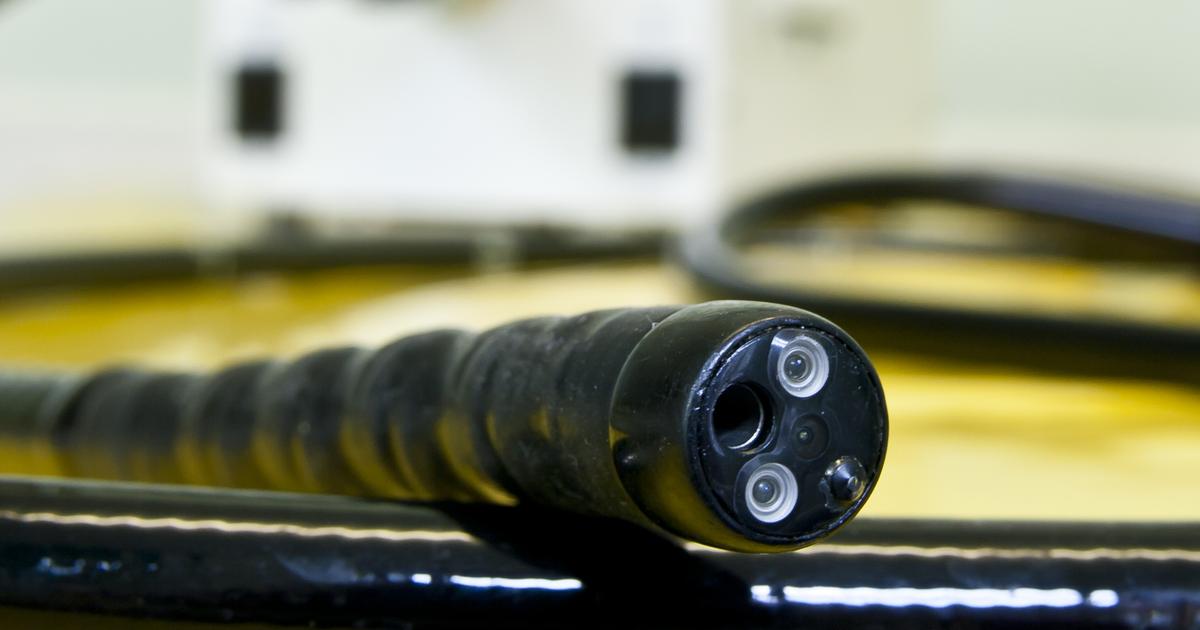What To Expect From A Feeding Tube Insertion Procedure
How To Prepare For The Procedure

An individual can prepare for their feeding tube insertion in several ways to ensure the procedure goes well. The doctor performing the procedure will need to know if the patient is taking any anticoagulants regularly. Examples include warfarin, dipyridamole, and ticlopidine hydrochloride. Patients are often instructed to stop taking these medications a couple of days before the procedure. If necessary, their doctor will give them an alternative method for blood-thinning.
During the week before the feeding tube insertion procedure, the patient should not take any medications containing acetylsalicylic acid or nonsteroidal anti-inflammatory drugs. A patient will be instructed not to eat or drink anything during the eight hours before their procedure. Patients will need to arrange transportation to and from the facility where their procedure will take place. Some patients are asked to stay overnight at a location that is thirty miles or less from the facility where their procedure is done. Some will need to stay overnight at the hospital and should pack an overnight bag with personal items.
How The Procedure Works

During a feeding tube insertion procedure, the patient is given anesthesia and a pain reliever so they do not feel any discomfort and are not aware of what is going on. They will be positioned in a lying position on their back before the surgeon inserts the endoscope into their mouth and down their esophagus. The endoscope camera is used to examine the lining of the stomach and ensure the feeding tube is placed correctly. Once the surgeon is satisfied with what they can see with the endoscope, they make a small incision in the patient's abdomen and insert the tube into their stomach.
The surgeon uses specialized materials to secure the feeding tube and close the surgical wound. The site where the tube exits the patient's abdominal skin is referred to as the stoma site. The entire procedure usually does not take over an hour. At the surgeon's discretion, x-rays and other imaging methods may be used to help carry out this procedure instead of the endoscope. This type of surgical feeding tube insertion is usually recommended for patients who need to be tube fed for at least three months.
